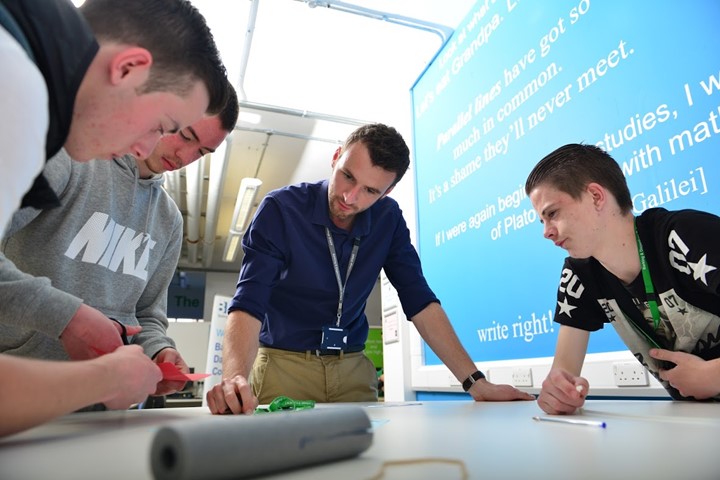Top four tips for embedding EDI and black history into the curriculum
Ellisha Soanes is an award-winning Equity, Diversity and Inclusion (EDI) specialist. She has worked in the education sector for seven years and in 2020, while working as a health and social care lecturer at West Suffolk College, became the first FE lecturer to facilitate teachings of black history in the curriculum to be taught all year round.
Ellisha now works as Head of EDI for several colleges and adult education organisations in East Anglia and is Director of Business Development at Aspire Black Suffolk, a not-for-profit company dedicated to tackling the causes of inequality through cultural education projects as a consultant and delivers workshops and training to schools, educators and organisations.
Here, Ellisha outlines her top tips on how educators can embed black history and EDI into their ethos and curriculum all year round.
1. Self-reflection and training
The golden tip is to start with self-reflection, training and development, and make sure everyone in the organisation does it from a very grassroots level. Have conversations and training on inclusive language - it’s about getting uncomfortable to get comfortable, and this starts with training.
By taking those first steps you can cascade the training down. I think it’s important to work with your staff first, and then your students. Afterwards, you can take a step back and even let the students teach you!
Nelson Mandela said “Education is the most powerful weapon which you can use to change the world” which I use as my life mantra. We’re always training in different areas for work, so we should constantly be training ourselves too.
2. Set up an EDI steering group
There are some amazing people in education who are so passionate about EDI and who will want to take the lead as an EDI ambassador, but make sure that everyone gets involved - from the cleaner to the CEO or principal or governors. It's so important to have your front-of-house staff, your team, everybody in the organisation included in that experience because that’s how we create a culture change for everybody.
3. Don’t just see EDI and teaching black history as a tickbox exercise
People always ask me if doing Black History Month in their organisation is okay. It is, but you need to be having those conversations throughout the year, not just in October.
When I do my presentations for people, I talk about world history: Henry VIII, The Battle of Hastings, Neil Armstrong, Queen Victoria And I always say to people “If I ask you to learn all of this history in one month, would you be able to?” Of course, we couldn’t! So, what makes you think you can learn black history in a month?
4. Don’t be afraid to ask for help or get things wrong
Don't be afraid to ask for help. We don't know everything in the education sector, so ask for support from external organisations that will really help and propel you forward. Have conversations with different people from different cultures and learn from them but don’t worry if you get things wrong. Just put your hands up and say sorry and learn from your mistakes.
What’s next? Ellisha believes it’s time for organisations to come together to increase the momentum of working with our FE sectors to share best practices on equality diversity and Inclusion. Ellisha is now working on national projects and teamed up with AOC to support EDI Leads across the country, to promote and support diversifying the curriculum and beyond across the year.
Aspire Black Suffolk delivers workshops and training to schools and organisations on anti-racist practice, how to embed EDI, how to work with local communities, and understanding safeguarding cultural aspects.





